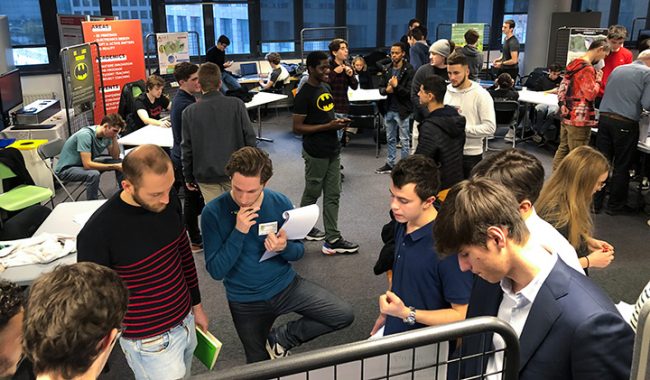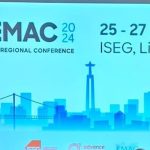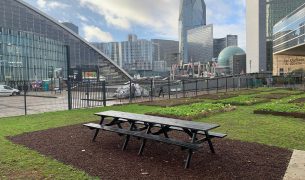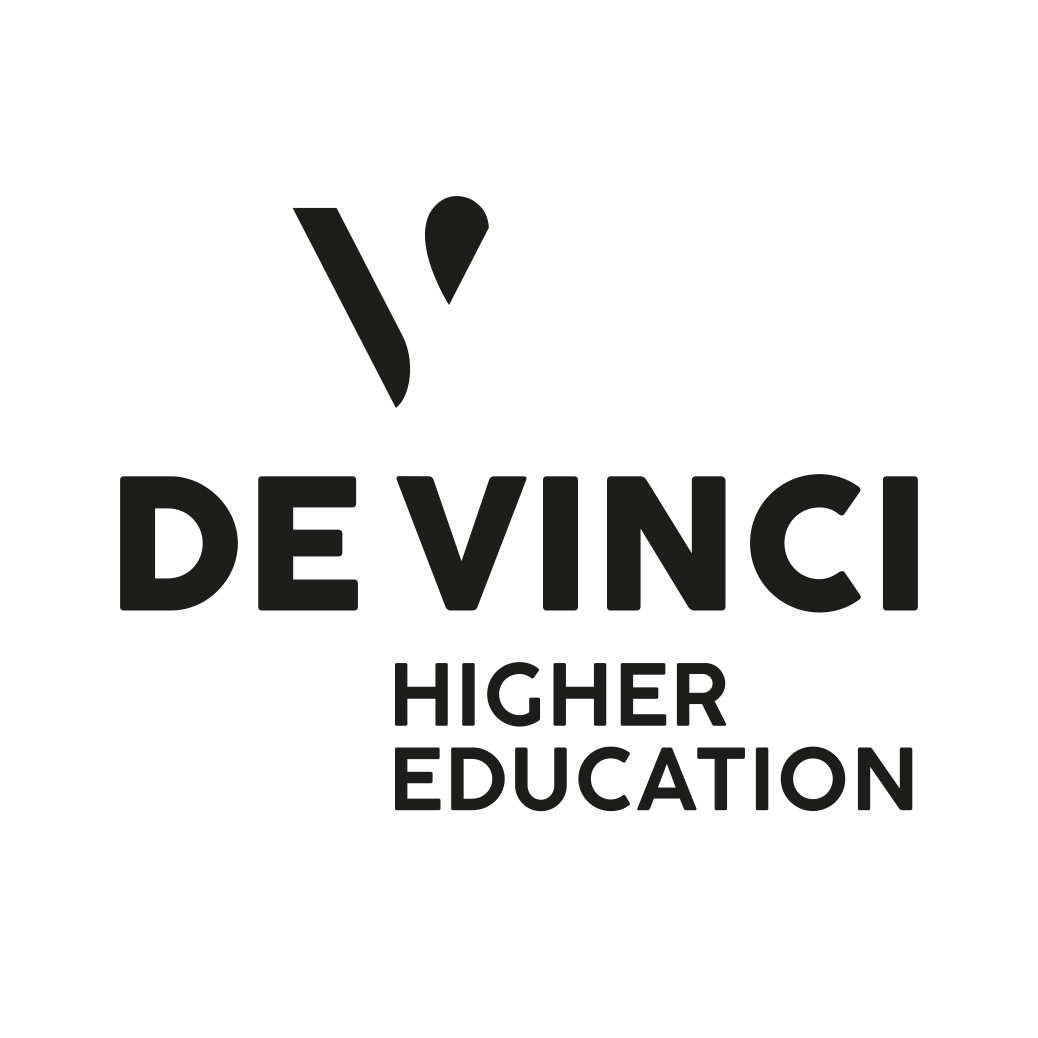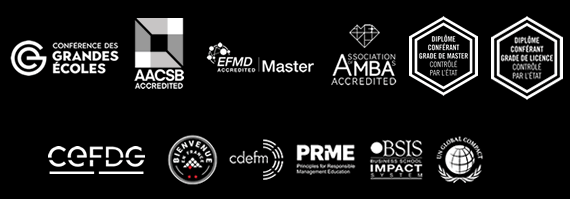216 teams of management, engineering and digital students, 216 endangered animal and plant species, one brief and just fours days to design a digital communication project to promote a species from the International Union for Conservation of Nature (IUCN) Red List of Threatened Species. These were the ingredients for the Cross-Curricular Week 2019 challenge held at Leonard de Vinci Group Paris La Défense.
1,200 first-year students from the three schools: EMLV(Business School), ESILV (Engineering Scholl) and IIM(School of Web Design and Multimedia) worked for designing collective solutions that may slow the sixth Mass Extinction. In this post, we’ll take a look back at the Biodiversity Hackathon, a tool for soft skills training at the Pole Universitaire Léonard de Vinci. This week-long event was supported by the French Agency for Biodiversity.
Drawing inspiration from nature as a means to think about Biodiversity
Of the 106,000 species surveyed, more than 28,000 are at risk of extinction, according to the IUCN Red List. It’s on the basis of this global inventory that the students undertook a communication exercise which involves digital tools, inspired by the systemic view of biodiversity.
As a means of putting the digital at the service of biodiversity, each team was tasked with designing a communication plan to generate awareness with mobile applications, games, websites, or social networking.
“Based on a simple wild orchid study, one of the teams had to study the symbiotic relationships between fungi and plant roots in wetland habitats and to analyse the implications for CO2 flux. They had to understand that, over the last few centuries, many of these wetlands, which are a critical part of our natural environment, have dried out. So, the students start from a small subject, a plant that goes extinct and grasp all the implications for the biological diversity.” (Clement Duhart, member of the Transversal Week jury, founder of the Da Vinci Innovation Center)
How to train future managers to meet the challenges of sustainability
The students were accompanied by coaches in creativity, agility, sustainability, biodiversity, gaming and video games. They had to create a deliverable for each day of the competition. Each project deliverable required a synthesis of the coaching activities and teamwork. This technique aimed to develop the spirit of synthesis of future managers as a key management skill, as well as team motivation.
We have a lot of courses: management, marketing, communication. This particular project allowed me to build upon my skill of listening. I have become more organized . That’s a good training tool, which comes up just after the schoolwork synthesis assignments that we completed at the beginning of the year. Indeed, after just five days, we feel more at ease in our syntheses assignments than we were at the beginning of the year”. (Claire Bosc, EMLV student, project “The Orchid conservation/Dactilorhiza Brennensis”)
Learning about an endangered species of orchid native to France was more than a cognitive task. The students had to create innovative products based on documentary analysis and synthesis and using collective intelligence to evolve in new directions through team work. Empathy, as a key skill for cross-functional teamwork, is a trait sought in job candidates.
“The future project manager will have to work with people from different backrounds, over whom, generally, young managers don’t have hierarchical authority. So, how do I get people who have other concerns than mine, who do other jobs than mine, to work with me, to get involved in the project I am leading? The first rule is to understand their point of view. If I want to manage people, projects and teams, I have to understand other’s points of view, try to put myself in the other people’s shoes.” (Laure Bertrand, Soft Skills director)
The sustainable development approach, another essential skill to be mastered in business, was at the heart of the hackathon. The objective was to train and equip future managers and project leaders to integrate the biodiversity concerns into their marketing strategies and management missions.
Complementarity, as a central element of sustainable development and of an organization
The idea is not new. “Learn from nature: that is where our future lies”, Leonardo da Vinci said 500 years ago. While the “Renaissance man” stubbornly applied insights from nature to develop its living machines, the students at the eponymous Pole made an attempt to put together a few pieces of the countless puzzle pieces that exist in nature.
The transversality of the three schools, which is at the heart of soft skills pedagogy, aims to teach students to work with people from different backgrounds, to accept differences, to recognize the talents of others and the need for complementarity.
In much the same ways the compensation and complementarity effects of species control the functioning of ecosystems, the proximity of the three schools (EMLV, ESILV, IIM) allows for adaptation to change, interculturality and awareness of the societal issues.











